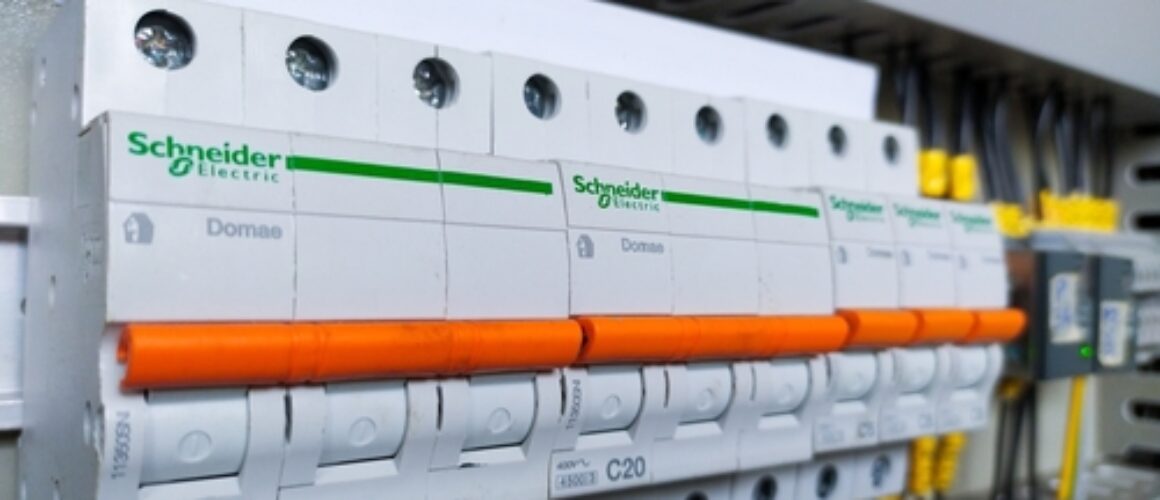Choosing the Right Schneider Distribution Board for Your Electrical System: Factors to Consider
Schneider Electric offers a diverse range of distribution boards to meet the varying needs of residential, commercial, and industrial electrical systems. Selecting the appropriate distribution board is crucial to ensure efficient and reliable power distribution while meeting safety and regulatory requirements. Here are the key factors to consider when choosing a Schneider distribution board for your electrical system:
1. Application and Environment
Consider the specific application and environment where the distribution board will be installed. Determine whether it will be used in a residential, commercial, or industrial setting, and assess factors such as ambient temperature, humidity levels, and exposure to dust or chemicals. Choose a distribution board with the appropriate ingress protection (IP) rating and environmental specifications to withstand the operating conditions of the installation environment.
2. Load Requirements
Evaluate the electrical load requirements of the installation, including the number and types of circuits, total connected loads, and future expansion needs. Select a Schneider distribution board with the appropriate number of ways, rated current capacity, and busbar configuration to accommodate the anticipated loads. Consider factors such as single-phase or three-phase supply, as well as the types of loads (e.g., lighting, power, motor control) to ensure compatibility with the distribution board.
3. Circuit Protection
Ensure that the Schneider distribution board provides adequate circuit protection to safeguard against overcurrents, short circuits, and electrical faults. Choose distribution boards equipped with circuit breakers, fuses, residual current devices (RCDs), or combination devices for comprehensive protection. Determine the required breaking capacity, fault withstand capability, and tripping characteristics based on the connected loads and regulatory requirements.
4. Modular Versus Fixed Configuration
Decide whether a modular or fixed configuration distribution board is more suitable for your application. Modular distribution boards offer flexibility in configuring the number and types of circuit protection devices, allowing for customization and scalability. Fixed configuration boards are pre-wired and pre-configured for specific applications, offering simplicity and ease of installation. Choose the configuration that best aligns with your installation requirements and future expansion plans.
5. Installation Requirements
Consider the installation requirements and constraints of the electrical system, including available space, mounting options, and wiring methods. Choose a Schneider distribution board that fits within the available space and complies with installation standards and regulations. Determine whether surface-mounted, flush-mounted, or floor-standing installation is required, and ensure compatibility with the mounting surface and wiring layout.
6. Safety Features and Compliance
Prioritize safety when selecting a Schneider distribution board, ensuring compliance with relevant safety standards and regulations. Look for distribution boards with built-in safety features such as IP protection, finger-safe terminals, insulation barriers, and earth leakage protection. Verify that the distribution board meets applicable industry standards, such as IEC, EN, UL, or local regulatory requirements, to ensure safe and reliable operation.
7. Integration with Control and Monitoring Systems
Consider the integration capabilities of the Schneider distribution board with control and monitoring systems, such as building management systems (BMS), energy management systems (EMS), and smart grid technologies. Choose distribution boards that support communication protocols such as Modbus, Ethernet, or wireless connectivity for seamless integration and remote monitoring capabilities. Integration with Schneider’s ecosystem of energy management solutions enables advanced control, monitoring, and optimization of the electrical system.
8. Brand Reputation and Support
Finally, consider Schneider Electric’s reputation as a trusted provider of electrical solutions, including distribution boards, circuit protection devices, and automation technologies. Choose a Schneider distribution board backed by comprehensive technical support, documentation, and aftersales service to ensure a smooth installation process and ongoing reliability. Look for warranty coverage and product support options to address any potential issues or concerns.
By carefully evaluating these factors, you can choose the right Schneider distribution board for your electrical system, ensuring efficient, reliable, and safe power distribution for residential, commercial, and industrial applications. Consult with Schneider Electric’s technical experts or authorized distributors for assistance in selecting the optimal distribution board solution tailored to your specific requirements and preferences.




